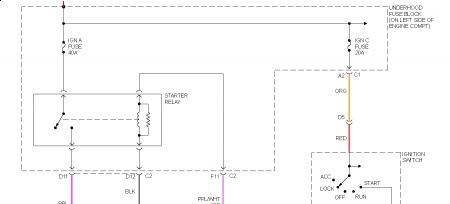You said you had power to the starter solenoid. Are you referring to the battery voltage that is always at the large battery cable connection or the smaller solenoid wire that gets 12 volts from the starter relay? If voltage is showing up from the starter relay, you should be hearing a single, rather loud clunk from the starter each time you turn the ignition switch to "crank".
Here is a guide that will help you test it.
https://www.2carpros.com/articles/how-to-replace-a-starter-motor
Most starter circuits can be broken down into four parts, and each one has a test point at the starter relay socket. GM's circuit complicates that just a little, but you already started down that path. The "crank" voltage you found at the fuse goes to the neutral safety switch next, then to the relay. Check for voltage at the relay socket terminals. You should find 12 volts on one of them all the time. The other terminal on the same side will have 12 volts in the "crank" position. If it does not, suspect the neutral safety switch, or more commonly, a broken wire near it or the gear shift is out of adjustment.
To double-check the other two terminals in the socket, move the ground clip of your test light to the battery positive terminal, then probe the two remaining terminals in the relay socket. It should light up on both of them. One is the ground wire for the coil inside the relay and the other one will read to ground through the starter solenoid coil. The clue there is whether or not you hear or feel the relay click when you try to crank the engine.
Be very careful when you poke your test light into the relay socket terminals. GM didn't waste any money there on quality. The slightest poking with a probe or pushing on the relay will stretch those terminals resulting in an intermittent no-crank condition when there is no other problem in the system.
Please let me know how it goes,
Best, Ken
Thursday, September 3rd, 2020 AT 4:50 PM
(Merged)




